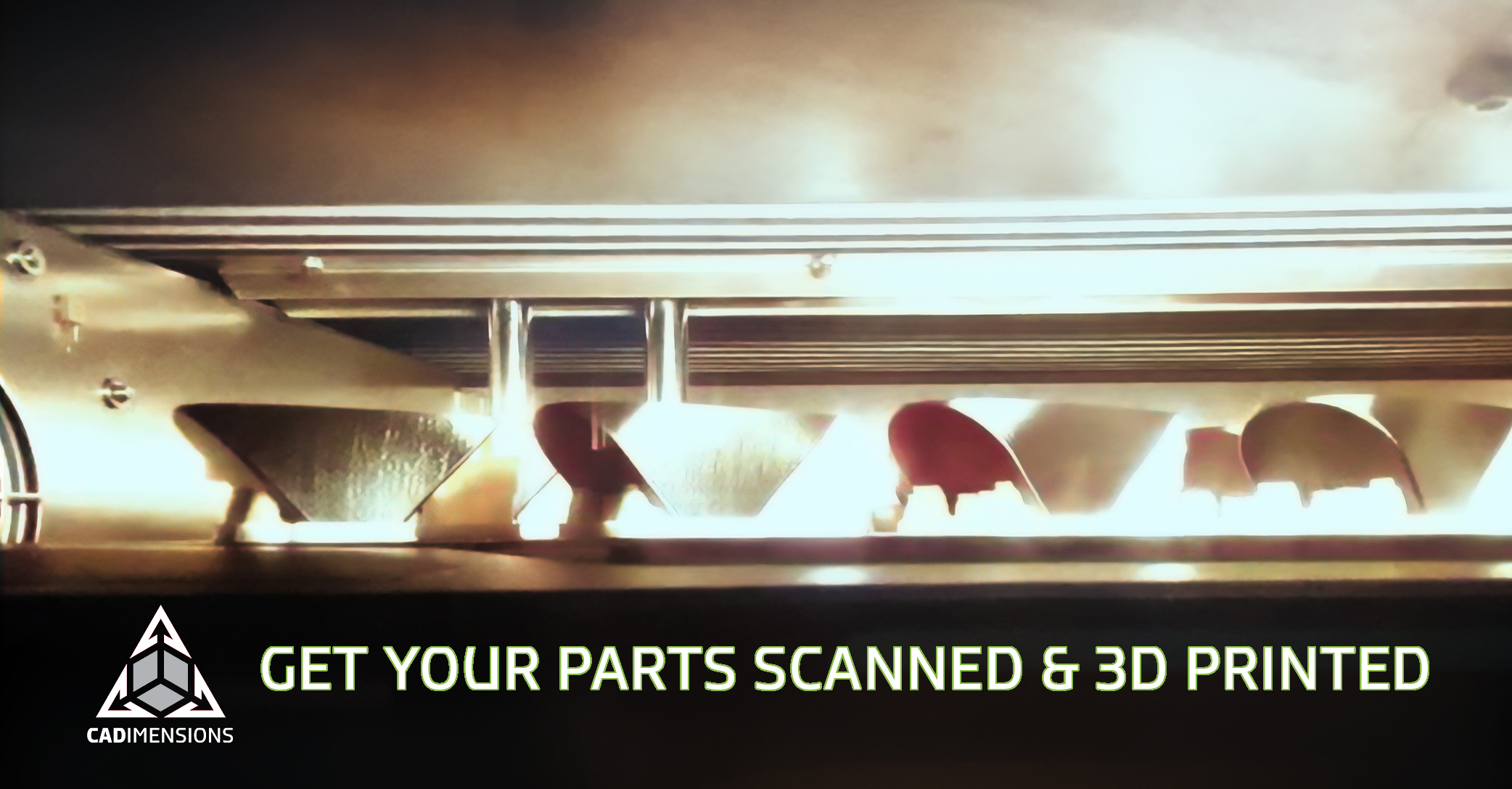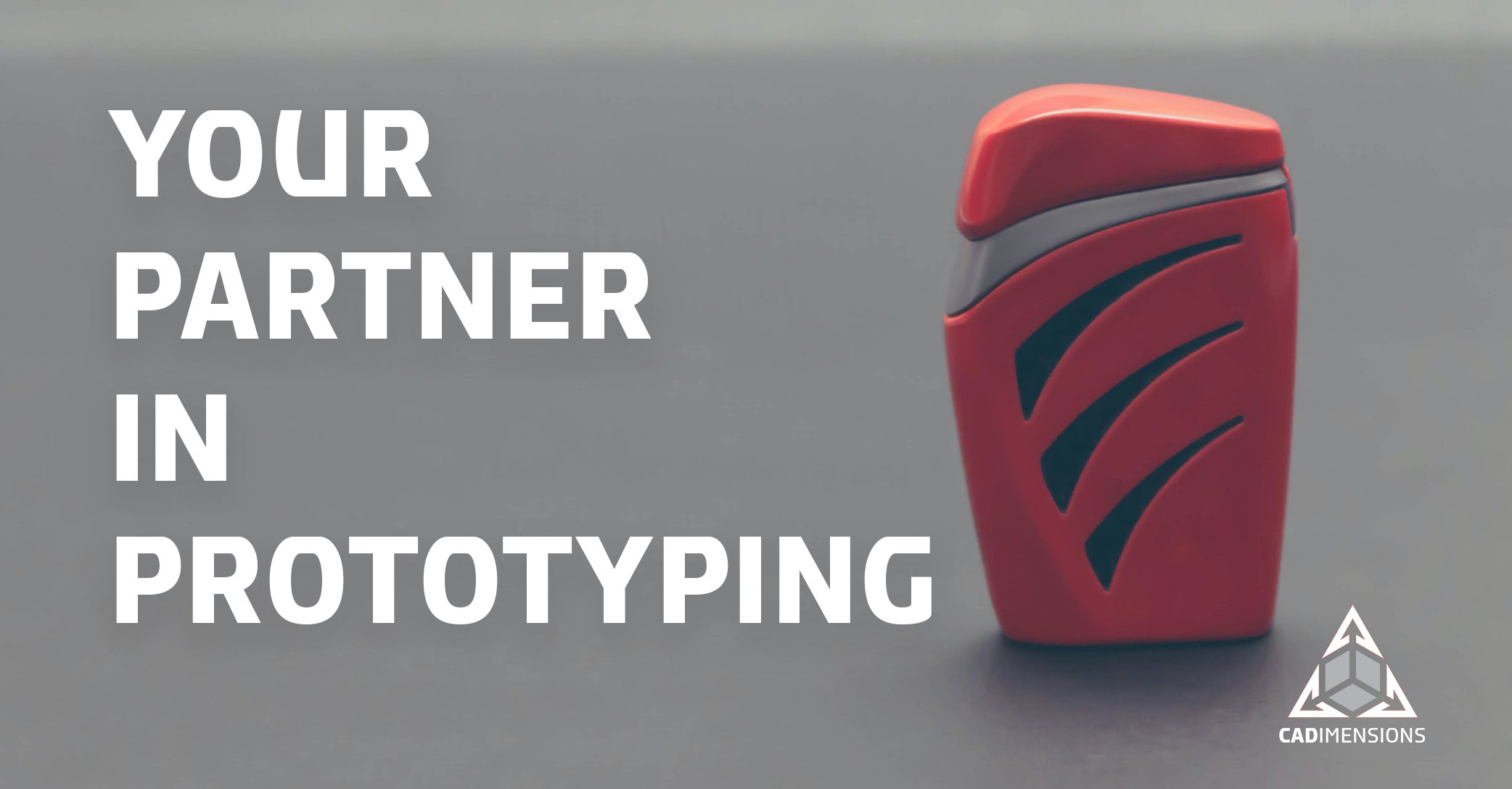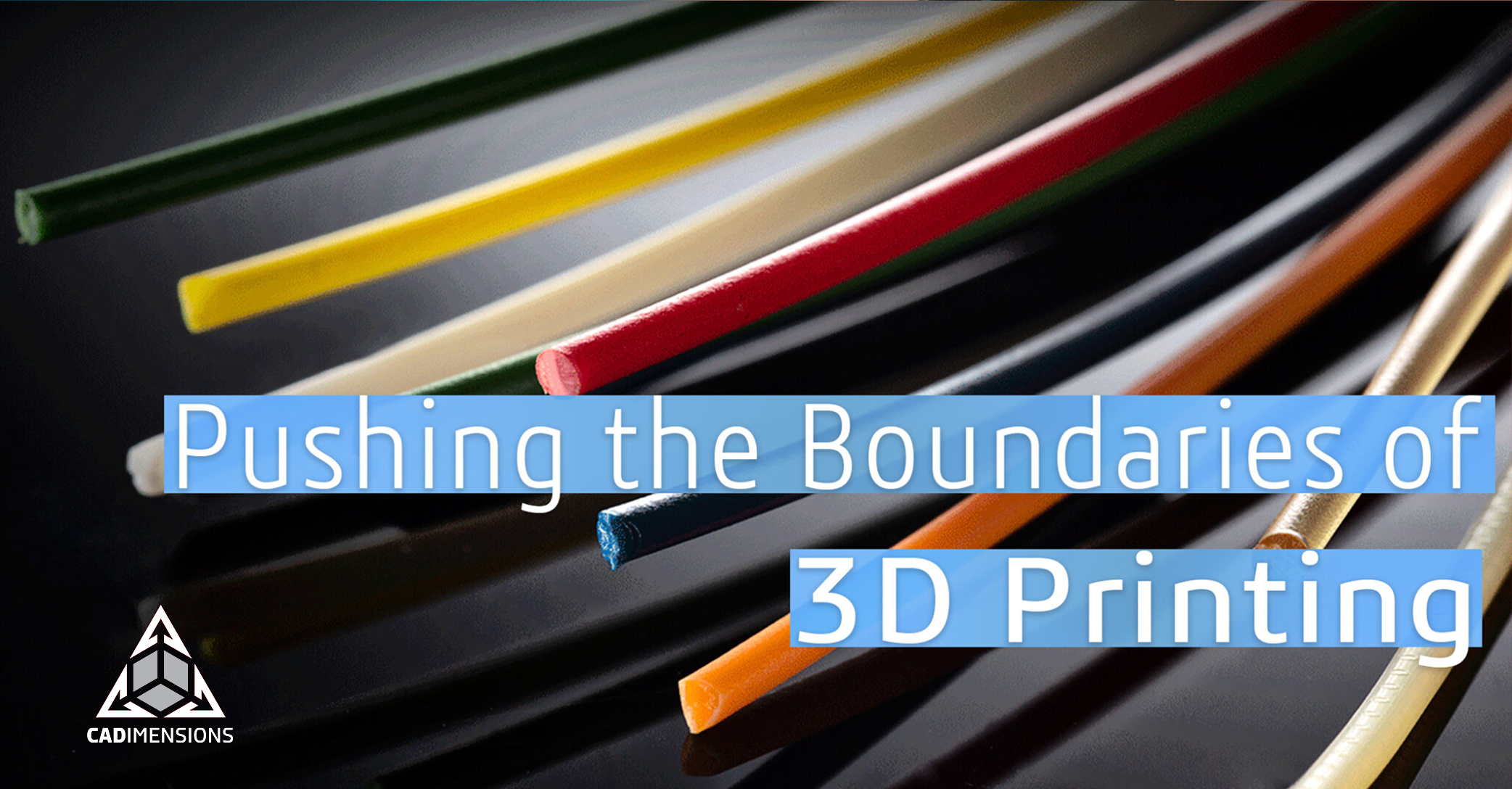Can 3D scanning be used to analyze plastic deformation?
When so much force is applied to a part that it permanently bends or changes shape, that part has undergone plastic deformation. At a basic level, it is easy to look at a part and recognize that it has changed shape. Figuring out exactly how the part changed shape is a much bigger challenge. If you are an engineer, figuring out how the part changed shape at different levels of force could be a valuable tool in designing better parts.
Testing Plastic Deformation with our Smarttech 3D Scanner
Having great tools at my disposal led me to investigate this idea. I designed and 3D printed three identical sample parts. These parts were designed to be more complicated than a simple rectangle or tensile test strip. They were designed so that they would deform in a non-uniform way when they are stretched.
The parts were printed with identical settings on our F370 3D printer in TPU (thermoplastic urethane). This material was chosen because of how flexible it is, so we are more likely to get a nice visual result. This should prove or disprove wether or not 3D scanning can analyze the deformed parts.
We stretched each sample in our DIY tensile rig. Each sample was stretched to different loads, and the force was measured using a crane scale. The plastic deformation of each sample was visually noticeable immediately. We 3D scanned each sample to get a lot more insight on how exactly the parts changed shape. Our video shows the whole process we went through.
This quick experiment shows how we can use our SMARTTECH 3D Scanner to take complex 3D measurements quickly. While analyzing plastic deformation with 3D scanning is not its most popular use – like 3D inspection and reverse engineering - it could become a useful tool for automotive, aerospace, and other industries when creating new products that see a lot of use over time.
Can you think of a way that 3D scanning could change product testing and development?


















